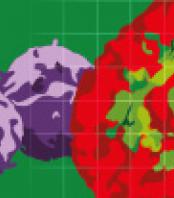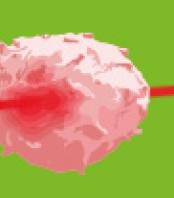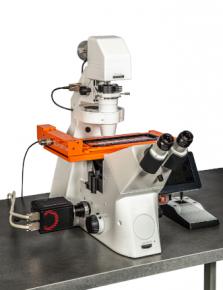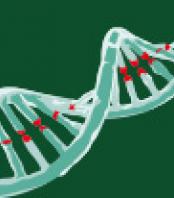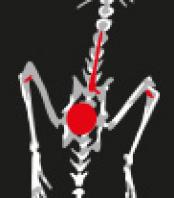Spheroids showed relative lower activities in the AKT, mammalian target of rapamycin (mTOR) and S6K (also known as RPS6KB1) signaling pathway compared to cells cultured in two dimensions. We identified spatial alterations in signaling, as the level of phosphorylated RPS6 decreased from the spheroid surface towards the center, which closely coordinated with the tumor areas around vessels in vivo. These 3D models displayed augmented antitumor responses to AKT–mTOR–S6K or mitogen-activated protein kinase (MAPK) pathway inhibition compared to those in 2D models. Inhibition of AKT–mTOR–S6K resulted in elevated ERK phosphorylation in 2D culture, whereas under these conditions, ERK signaling was reduced in spheroids. Inhibition of MEK1 (also known as MAP2K1) led to decreased AKT–mTOR–S6K signaling in 3D but not in 2D culture. These data indicate a distinct rewiring of signaling in 3D culture and during treatment. Detached tumor-cell clusters in vessels, in addition to circulating single tumor cells, play a putative role in metastasis in human cancers. Hence, the understanding of signaling in spheroids and the responses in the 3D models upon drug treatment might be beneficial for anti-cancer therapies.
Read more
